The United States has been witnessing an unprecedented boom in solar energy in recent times. Over 219 gigawatts of solar energy systems are already installed in the country that are capable of powering more than 37 million homes nationwide.[1]
As a large number of Americans adopt solar energy solutions, an important consideration emerges when they have to decide between portable power stations and fixed installations. Both of these systems differ in terms of solar energy cost and application scenarios, which means that you need to deeply understand the ins and outs of both these solar systems before making a choice.
Cost Analysis of Portable Solar Systems
Portable solar systems offer a practical energy solution for those seeking convenience, flexibility, and portability at the same time. Let's see what the solar energy cost of these systems is.
Initial Costs
The initial solar energy cost of portable solar systems varies based on the capacity and other specific features of the system. Let's take the Jackery Solar Generator 2000 Plus as an example, which includes the Jackery Explorer 2000 Plus Portable Power Station with a capacity of 2 kWh and two Jackery SolarSaga 200W Solar Panels. This system has an initial cost of only $3,299.
The power station itself contains the battery and an inverter, meaning that you do not have to purchase every unit separately. Not to mention that all the required accessories come along with the system itself.
However, you can customize your Jackery Solar Generator 2000 Plus by increasing its capacity or the number of solar panels. For instance, the Jackery Explorer 2000 Plus Portable Power Station 6kWh Kit with two Jackery SolarSaga 200W Solar Panels costs $6,599. As the system is expandable up to 24 kWh, you can easily add additional battery packs to meet your power needs.
Long-Term Costs
The long-term solar energy costs associated with portable solar systems like the Jackery Solar Generator 2000 Plus are minimal.
These systems come with a LiFePo4 battery, which has a lifespan of almost 10 years. This means that you do not need to replace the batteries frequently, which will save you a lot of money in the long run. When the battery is past this lifespan, and you feel a need to get a new battery, you can buy the Jackery Explorer 2000 Plus Portable Power Station separately and use it with your existing solar panels. On top of this, the maintenance requirements of this system are minimal, as you just need to keep your solar panels clean from any dust or debris that may accumulate on them from time to time. Keeping the panels clean will allow you to increase the efficiency of the solar system and harness the potential of the solar energy to the maximum possible extent.
Applications
The versatility of portable solar systems makes them ideal for various scenarios. Outdoor enthusiasts often rely on them for road camping trips or RV living. On the other hand, homeowners use them as a backup power source during emergencies as well as in routine activities to bring their electricity bills down to some extent.
Cost Advantages
Portable solar systems offer significant financial benefits compared to fixed installations. They do not require professional installation and can easily be assembled within minutes. Additionally, their portability means they can be used in multiple locations, which provides you with an unparalleled level of flexibility.

Cost Analysis of Fixed Solar Systems
Fixed solar installations provide a stable and long-term energy solution for homeowners. Let's see what is the solar energy cost of these systems:
Initial Costs
The upfront solar energy cost for a residential solar system encompasses several components.
First of all, you will need to buy solar panels. While the exact price of panels will vary from state to state, they will cost you $2.40 and $3.60 per watt, including installation. Roughly 6KW solar panels will cost you around $12,700.[2]
After that, you will need to buy an inverter that converts Direct Current (DC) generated by solar energy into Alternating Current (AC). The price of solar inverters will also depend on where you live and the size of the inverter you want to choose. You can expect to spend an additional $1,500 to $3,000 on inverters.[3]
Then comes the batteries, which will also cost you almost $6,000 to $23,000, depending upon the size and the type of the battery.[4]
On top of this, fixed solar systems also require professional installation, the exact cost of which will depend on the size of your system.
Collectively, these components can bring the total initial investment to between $15,000 and $40,000, depending on system size and complexity.
Long-Term Costs and Benefits
Over the period of time, the fixed solar systems will bring in the following additional costs and advantages:
● Maintenance Costs: The maintenance costs of these systems are generally low and are mostly limited to periodic cleaning of solar panels. If you also use batteries, you will need to replace them once their lifespan is over.
● Government Incentives: One of the major advantages of installing a fixed solar system is the government incentives these systems bring. According to the Inflation Reduction Act of 2022, the Federal Solar Investment Tax Credit is 30% of the overall value of your solar system. Let's say that you have installed a fixed solar system worth $30,000. In this case, your federal income tax payable to the IRS will be reduced by $9,000. Apart from that, different states may have their own incentives, which can further decrease the solar energy cost of these systems.
● Electricity Bill Savings: As solar systems generate a large amount of electricity, your home electricity bill will be reduced dramatically, and you will be able to save money every month.
Applications
Fixed solar systems provide a long-term and stable electricity supply that will empower you to run most of your daily household appliances without running out of electricity. If your system is large enough, you can even shift to off-grid and say goodbye to expensive grid electricity once and for all.
Payback Period
The return on investment for a fixed solar system depends on factors such as initial costs, energy consumption, and local electricity rates. Typically, homeowners can expect a payback period of 5 to 10 years, after which they will continue to enjoy free electricity for many years.
Energy Output and Efficiency Comparison
Apart from considering solar energy cost, understanding solar panel energy output and the efficiency of both systems is also important before making a purchase.
Portable systems, such as the Jackery Solar Generator 2000 Plus, are designed for moderate energy needs. With a 2kWh solar energy output capacity expandable up to 24kWh, they can power essential devices during RV trips or short-term grid outages. Moreover, modern portable solar systems come with high solar panel efficiency that can go as high as 25%.
Fixed installations are well-known for delivering consistent and high energy output, making them ideal for long-term residential or commercial use. As these systems are bigger, they essentially produce more electricity compared to portable systems. Based on the type of solar panels you choose, the efficiency of these panels can vary from 18% to 22%, although more efficient solar panels continue to come into the market as the technology progresses.
Additionally, fixed systems are designed to handle higher energy loads and support household appliances, HVAC systems, and even electric vehicle charging. Their scalability allows users to meet increased energy demands without compromising performance.
Flexibility and Usability Comparison
Flexibility and usability of the solar systems are also two important factors that should be considered before making a final decision.
Both of these solar systems are designed for different types of energy needs. For instance, portable solar systems are highly adaptable and come with a level of portability and compactness that is not possible to achieve with fixed systems.
They power your devices directly, meaning you can plug your devices into the power station to draw electricity.
They come with different output ports, such as USB-A output, USB-C output, and AC outlets.
Not to mention that they can easily be dragged anywhere since they have a foldable handle and wheels that make their movement easy.
On the other hand, fixed installations prioritize stability and high-capacity performance over mobility. Once installed, they provide a continuous and reliable energy supply. However, this permanence limits their flexibility as they cannot be relocated easily and are unsuitable for tenants or individuals who may need to move frequently.

Jackery Solar Generator 2000 Plus Recommendation
The Jackery Solar Generator 2000 Plus is a highly practical and cost-effective solution for portable energy needs. Compared with the installed solution, it is a small portable generator. However, it has a low upfront solar energy cost but can still continue to provide you with reliable and safe electricity year after year.
Let’s have a look at the top features of this solar generator.
Modular Power Solution
With a base capacity of 2kWh, you can stack up additional battery packs to increase the size of the portable power station up to 24kWh. Even a 2kWh of the basic setup is capable enough of powering most household devices such as electric heaters, ACs, small refrigerators, ovens, electric kettles, and much more.
Super-fast Charging
One of the top features of this Jackery portable power station is its rapid charging capability. With six 200W solar panels, the system achieves a full solar charge in just two hours. Despite its compact form, the generator can power heavy-duty devices with outputs of up to 6,000W, which ensures that it can handle demanding appliances with ease. With six Jackery SolarSaga 200W Solar Panels, the system achieves a full solar charge in just two hours. Despite its compact form, the generator can power heavy-duty devices with outputs of up to 6,000W, which ensures that it can handle demanding appliances with ease.
Durability
Durability is a cornerstone of the Jackery Solar Generator 2000 Plus. The LiFePO4 battery of the power station offers a 10-year lifespan and will retain over 70% capacity even after 4,000 charge cycles.
Portability
The generator’s compact and portable design makes it easy to transport, while its ability to power multiple devices simultaneously enhances usability. The power station and the two solar Saga panels weigh only 61.5 lbs combined. The good news is that the power station contains a top handle and wheels, which means that you can easily move it by dragging it around.
Multiple Output Options
The Jackery Explorer 2000 Plus portable power station contains five AC outlets, two USB-A, and two USB-C outputs, which allows you to easily plug in numerous devices at once.
Safety
The Jackery Solar Generator 2000 Plus prioritizes user safety with an advanced suite of protective features. Its LiFePO4 battery is engineered for high-temperature resistance and ensures stable performance even under extreme conditions. The system incorporates ChargeShield technology, which uses a variable-speed charging algorithm to reduce wear and extend battery life. Additionally, the generator includes multiple safety mechanisms, such as overcurrent, overvoltage, and short-circuit protection.
Wrapping-Up
Portable and fixed solar systems serve distinct purposes, and the solar energy costs of both these systems differ significantly. Portable solar systems, such as the Jackery Solar Generator 2000 Plus, offer lower upfront costs, minimal maintenance, and unmatched flexibility. On the other hand, fixed installations provide a stable, long-term solution with higher energy output and significant savings on electricity bills over time, but it comes with large capital solar energy costs.
When choosing between these options, always consider your specific energy needs, budget, and lifestyle. Portable systems are perfect for mobility and convenience, while fixed installations suit those seeking a permanent and large-scale energy solution. If you want to have portable solar solutions, always consider trustworthy and reliable brands like Jackery that provide state-of-the-art portable solar stations. We have sold more than 4 million such power generators, and this number continues to rise at a rapid pace. We will continue to increase our offerings and bring more features to our products.
References
[1] Solar Industry Research Data. Available at: https://seia.org/research-resources/solar-industry-research-data/ (Accessed: February 25, 2025)
[2] How Much Do Solar Panels Cost? Available at: https://www.forbes.com/home-improvement/solar/cost-of-solar-panels/ (Accessed: February 25, 2025)
[3] How much does a solar inverter cost? Available at: https://homeguide.com/costs/solar-inverter-cost (Accessed: February 25, 2025)
[4] Cost Of Solar Batteries in 2024. Available at: https://www.bankrate.com/homeownership/solar/solar-battery-cost/ (Accessed: February 25, 2025)
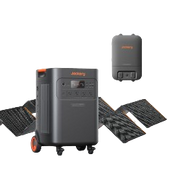
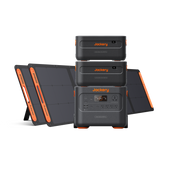
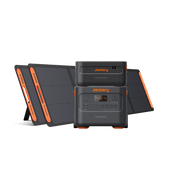
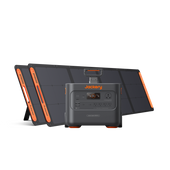

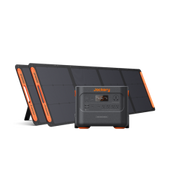
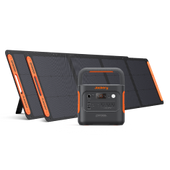

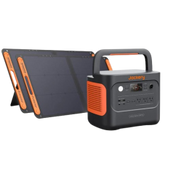
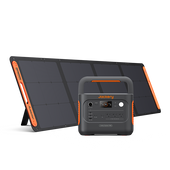
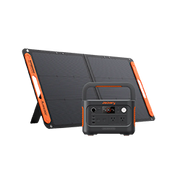

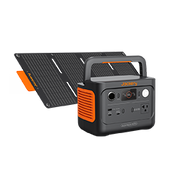
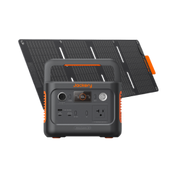
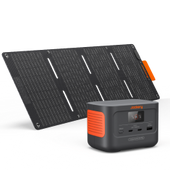
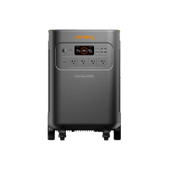

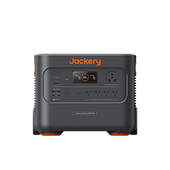
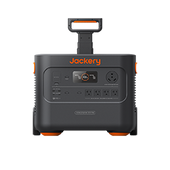
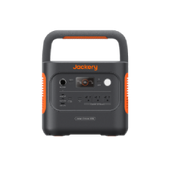
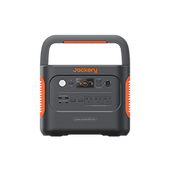
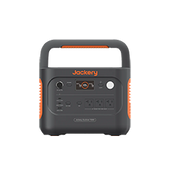
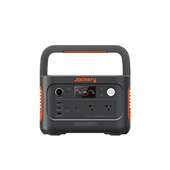
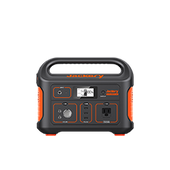


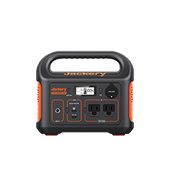
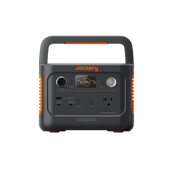
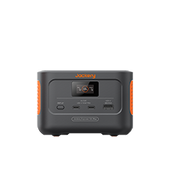



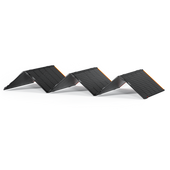

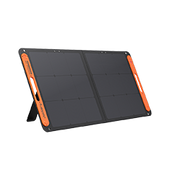
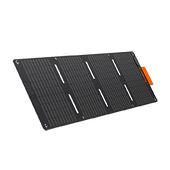
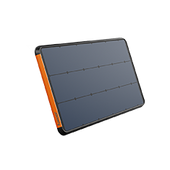
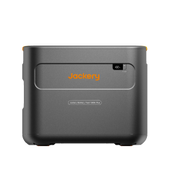
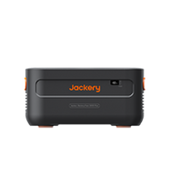
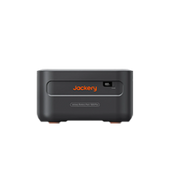

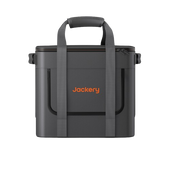
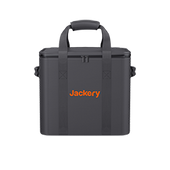
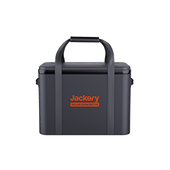
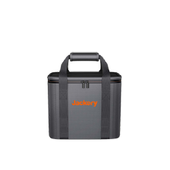
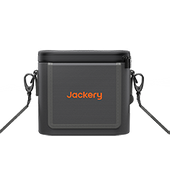
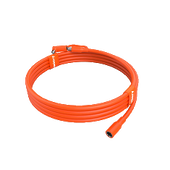
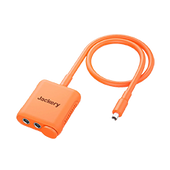
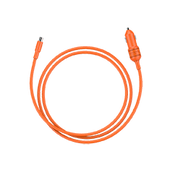

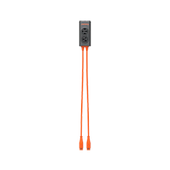
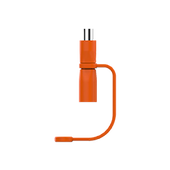
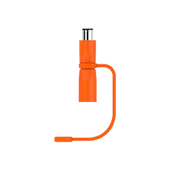
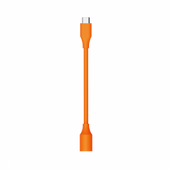
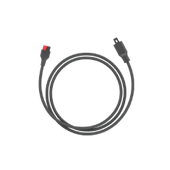
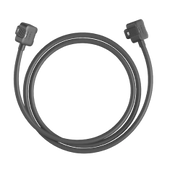
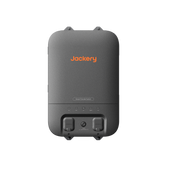
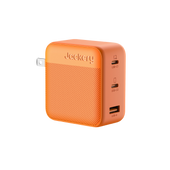

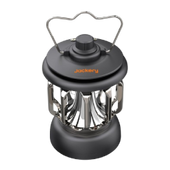


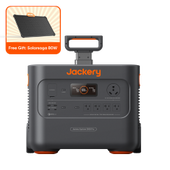
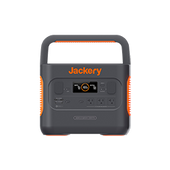
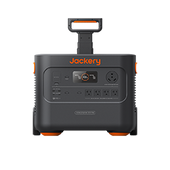
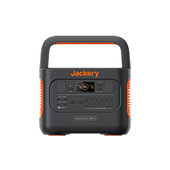
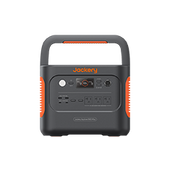
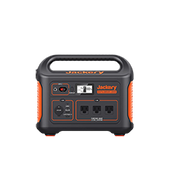

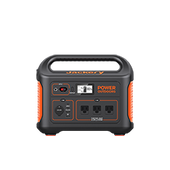
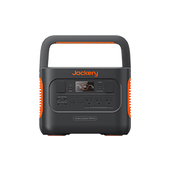
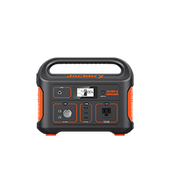

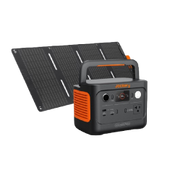
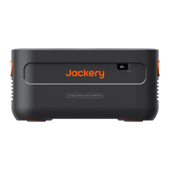
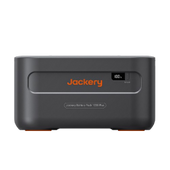


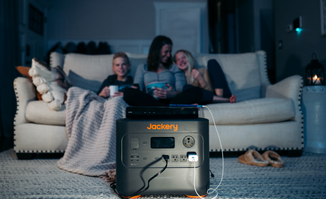

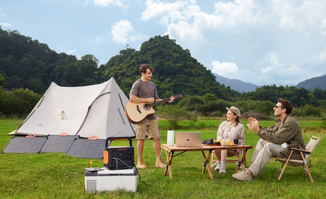
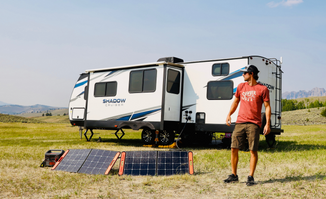

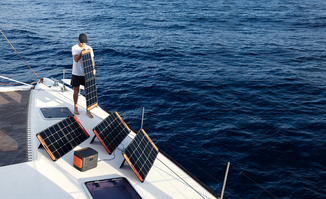
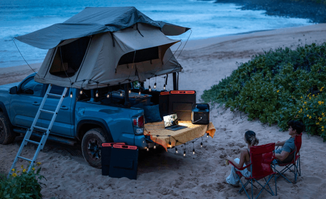
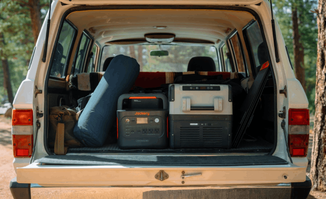





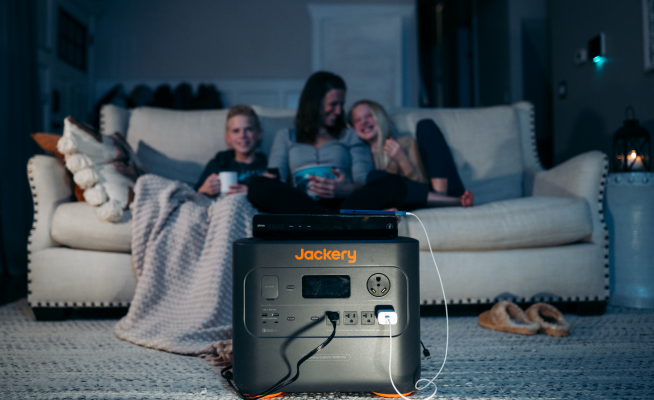

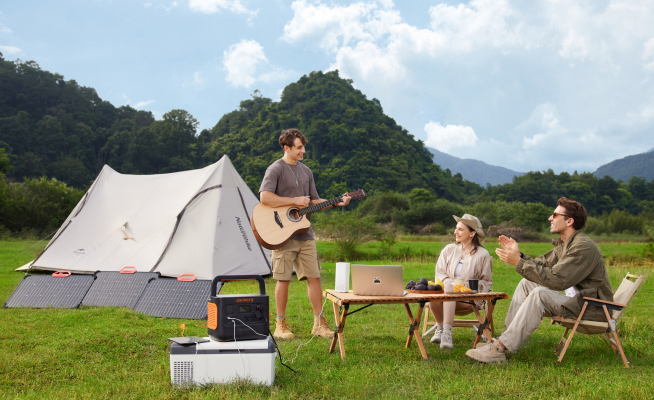
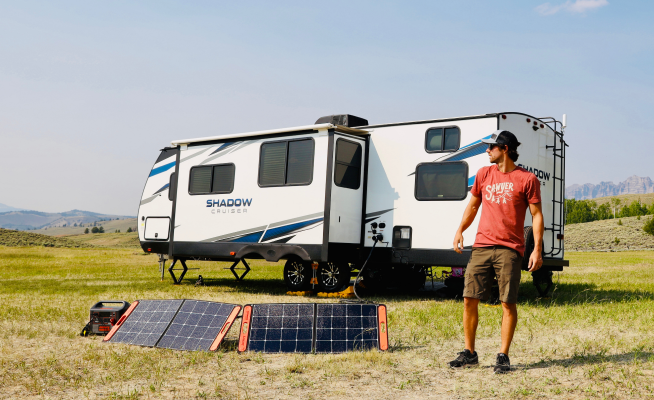

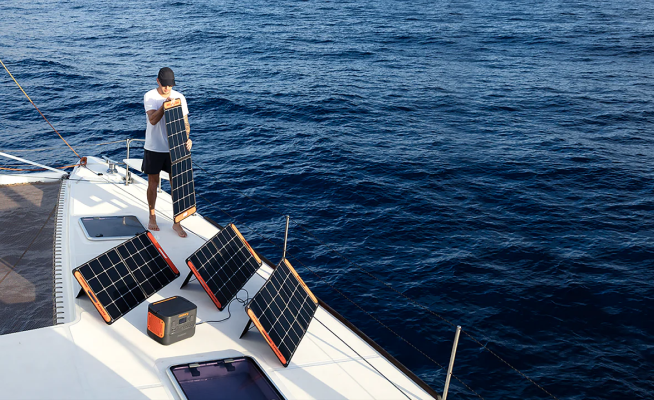
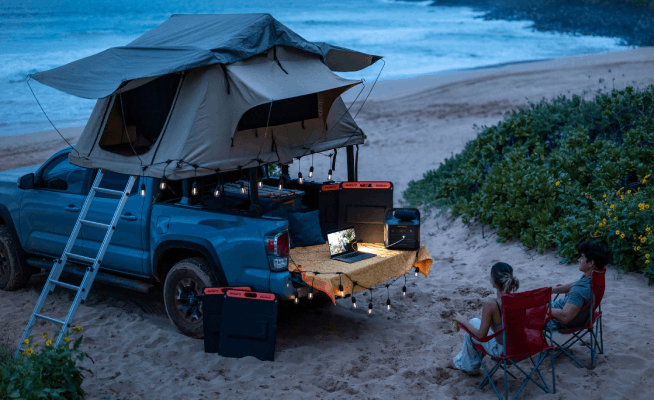
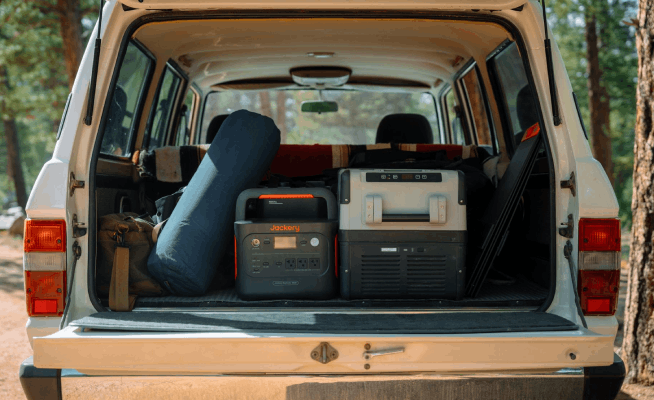

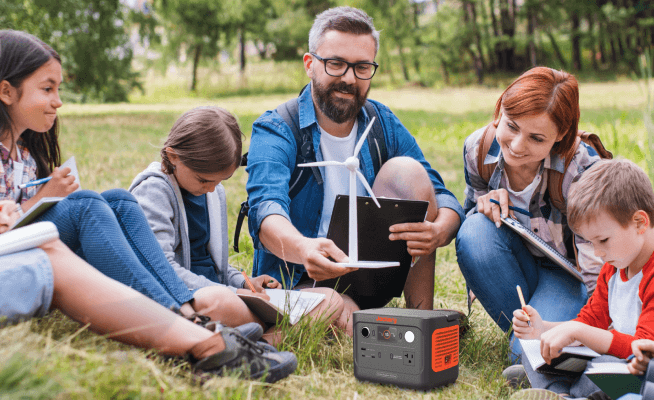
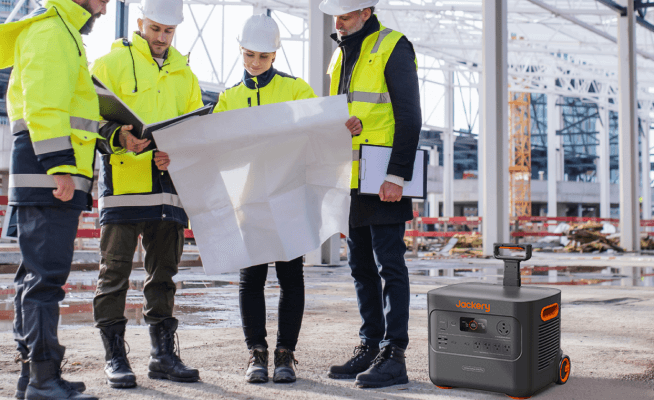










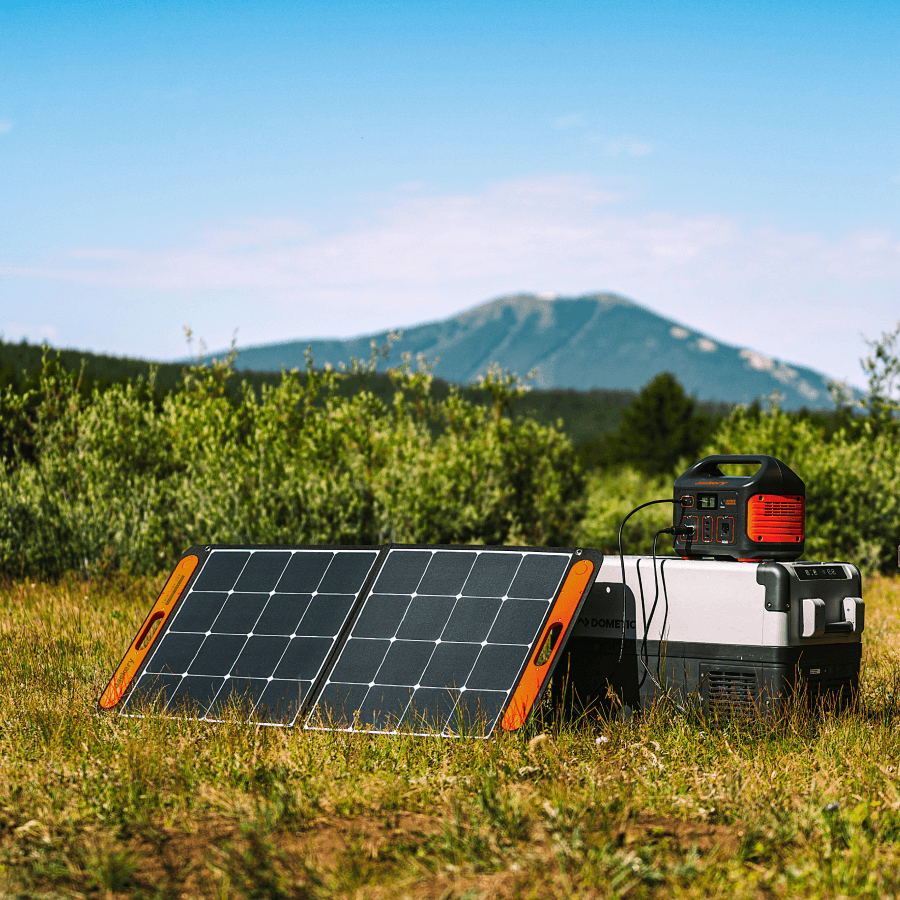
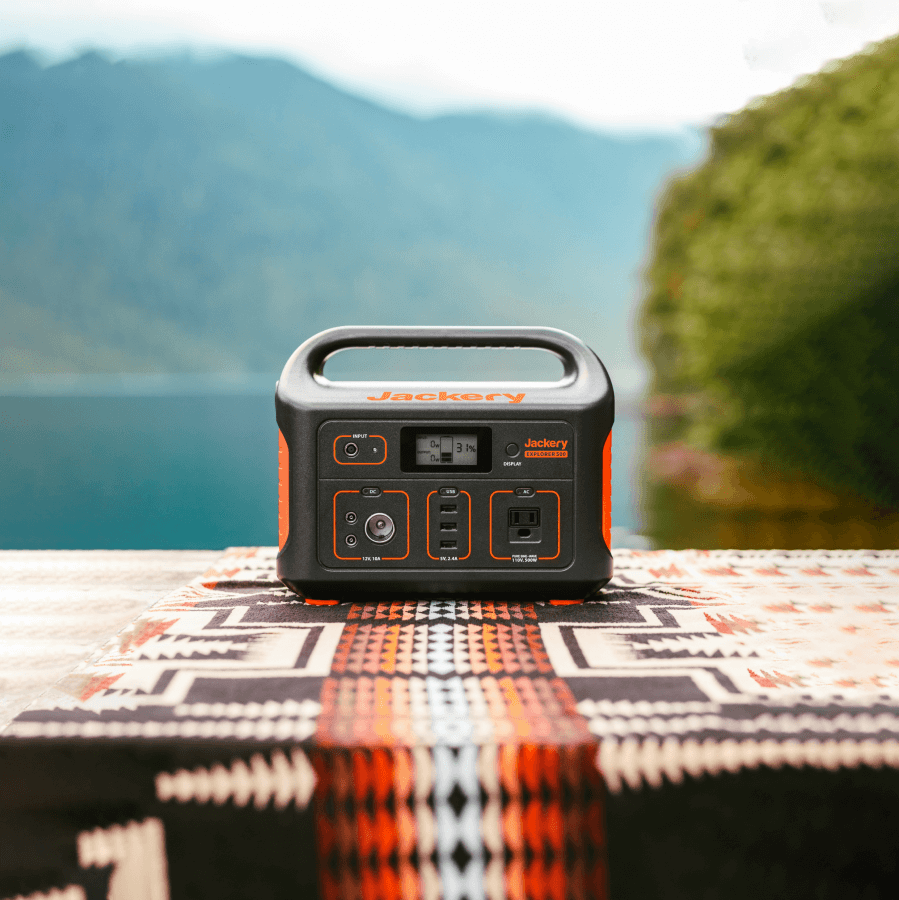
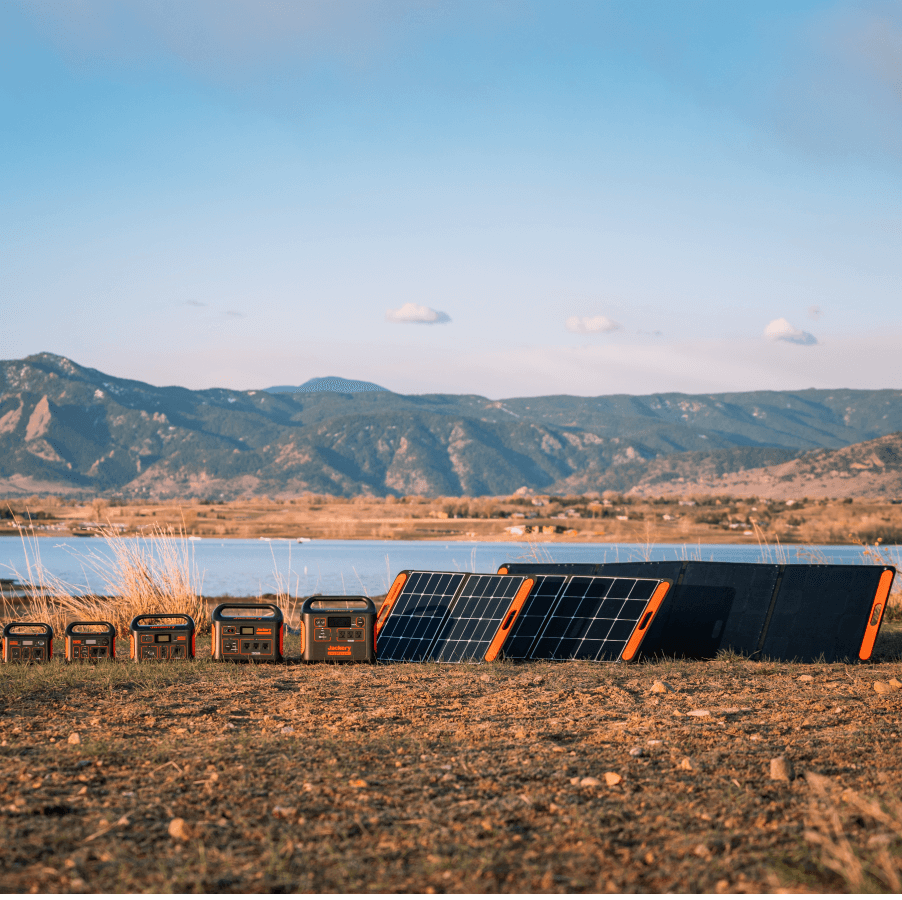

Leave a comment